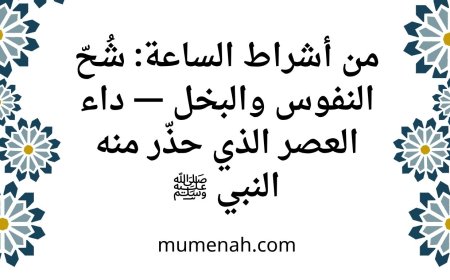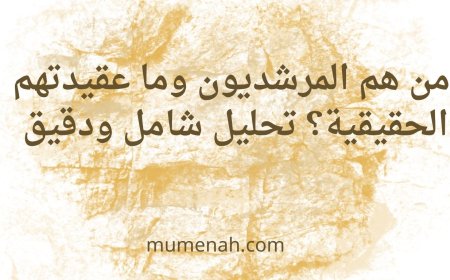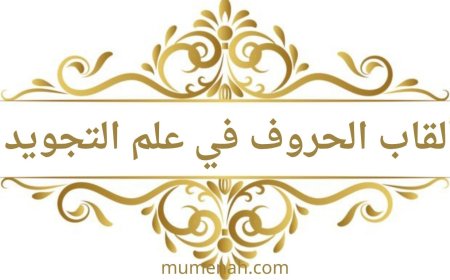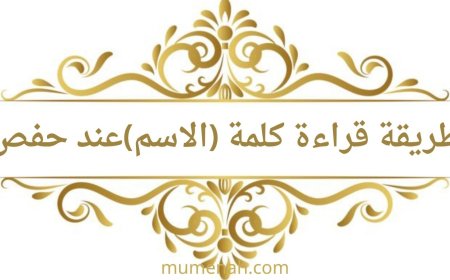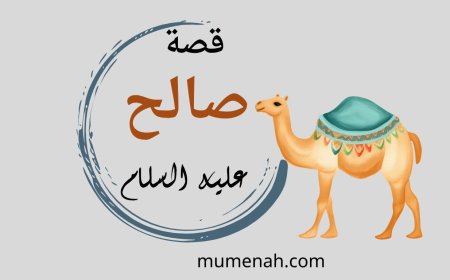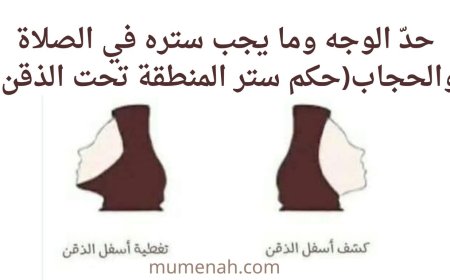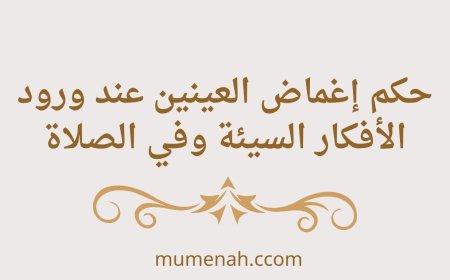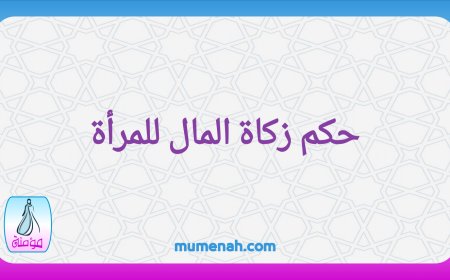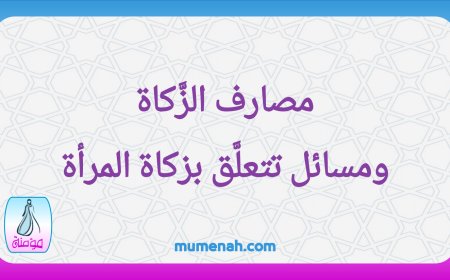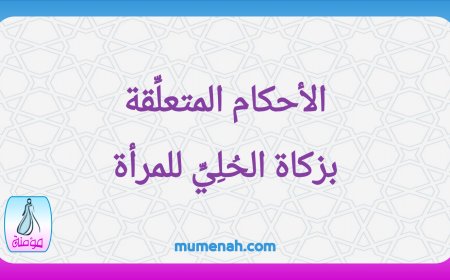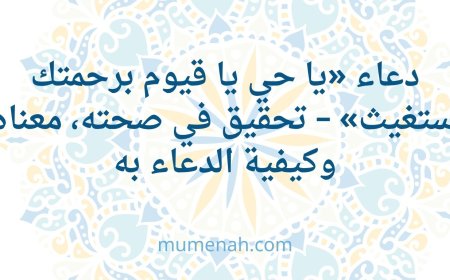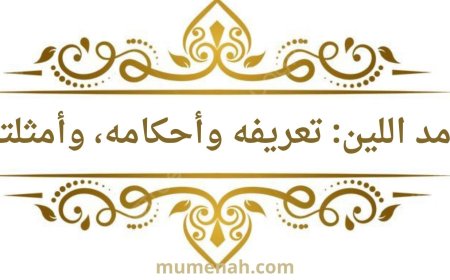Understanding Madd al-Badl in Tajweed: Ruling, Duration, and Quranic Examples
Discover the rule of Madd al-Badl in Tajweed: its definition, types, ruling, and duration in Hafs and Warsh narrations, with detailed Quranic examples. Learn the difference between Madd al-Badl and similar types of lengthening. A comprehensive guide for Tajweed learners and educators.
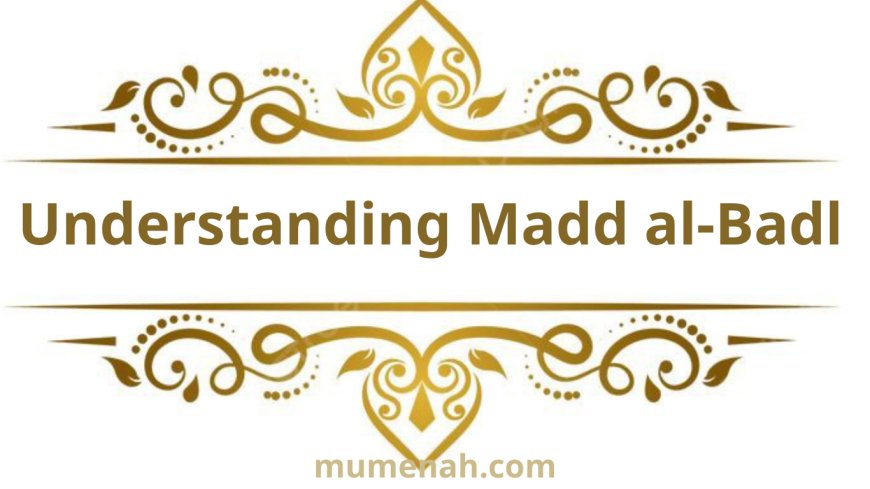
-
Introduction
One of the essential topics in the science of Tajweed is the rule of Madd al-Badl (the Replacement Elongation). This type of Madd appears frequently in the Qur’an and requires accurate application according to the narration being followed, especially for those reciting in the narration of Ḥafṣ or Warsh.
This article offers a comprehensive explanation of Madd al-Badl, its definition, ruling, measure, and Quranic examples, while also clarifying its distinction from similar types of elongation. All information presented aligns with traditional Tajweed scholars and is optimized for search engine visibility.
-
What is Madd al-Badl?
Definition:
Madd al-Badl linguistically means "the substitution." In Tajweed terminology, it refers to the elongation that occurs when a hamzah (ء) originally appears at the beginning of a word and is followed by a madd letter that replaces a short vowel.Technical Definition:
It is when a madd letter (i.e., alif for fatḥah, wāw for ḍammah, or yā’ for kasrah) comes after a hamzah in the same word, where this madd letter replaces the original short vowel of the hamzah. -
Examples from the Qur’an
1. آمَنُوا
Āmanū
Translation: "They believed."
Arabic: ءَامَنُوا
The hamzah originally had a fatḥah, and an alif was added to stretch the sound.2. إِيمَانًا
Īmānan
Translation: "Faith."
Arabic: إِيمَانًا
The original kasrah in the hamzah is replaced by a yā’.3. أُوتُوا
Ūtū
Translation: "They were given."
Arabic: أُوتُوا
The original ḍammah in the hamzah is replaced by a wāw. -
Ruling of Madd al-Badl
- It is classified as Madd Ṭabī‘ī (natural elongation) in the narration of Ḥafṣ ‘an ‘Āṣim.
- It is extended for two harakahs (beats) like regular natural elongation.
- It does not depend on the presence of a hamzah or sukun after the madd letter.
Its ruling is obligatory in recitation when found, as it is a fixed characteristic of the word'
- It is classified as Madd Ṭabī‘ī (natural elongation) in the narration of Ḥafṣ ‘an ‘Āṣim.
-
Madd al-Badl in the Narration of Warsh
In the narration of Warsh from Nāfi‘, Madd al-Badl has more flexibility:
· There are three valid lengths (known as tathlīth al-badl or tripling the length):
- Qasr (Shortening): Two harakahs
- Tawassuṭ (Medium lengthening): Four harakahs
- Ṭūl (Extended lengthening): Six harakahs
· ✅ This tathlīth is available both in the Ṭayyibah and Shāṭibiyyah paths of Warsh.
Important Note:
Many believe that tathlīth al-badl is exclusive to Warsh from Ṭayyibat al-Nashr, but this is incorrect. It also exists in the Shāṭibiyyah path. Hence, Warsh reciters have more than one face (option) when applying Madd al-Badl. - Qasr (Shortening): Two harakahs
-
Distinguishing Madd al-Badl from Similar Types
1. Madd al-Muttaṣil (Connected Madd):
A hamzah comes after a madd letter in the same word, like:- جَاءَ (Jā’a)
- It requires 4 or 5 harakahs in Ḥafṣ.
2. Madd al-Munfaṣil (Separated Madd):
A hamzah comes after a madd letter but in the next word, like:- فِي أَنْفُسِكُمْ (Fī anfusikum)
- Also extended for 4 or 5 harakahs in Ḥafṣ.
3. Madd al-‘Āriḍ li-s-Sukūn (Contingent Madd due to Pause):
Occurs when stopping at a word ending in a madd letter followed by a temporary sukun:- يَعْلَمُونَ when paused upon becomes يَعْلَمُونْ, and is extended 2, 4, or 6 beats.
Madd al-Badl differs from all the above because:
- The madd letter comes after the hamzah, not before.
- It is caused by replacement, not meeting or pausing.
- جَاءَ (Jā’a)
-
Why Is It Called "Badl"?
Because the madd letter replaces the original short vowel of the hamzah. The replacement transforms:
- Fatḥah → Alif
- Ḍammah → Wāw
- Kasrah → Yā’
So, the vowel is "exchanged" for its corresponding long vowel.
- Fatḥah → Alif
-
Conclusion
Understanding Madd al-Badl is essential for accurate Qur’anic recitation and mastering the rules of Tajweed. Its correct application varies depending on the narration, particularly between Ḥafṣ and Warsh. Students and teachers of the Qur’an must not only memorize its rules but understand its foundations and exceptions.
Always refer to qualified Tajweed scholars or verified classical texts such as al-Jazariyyah, ash-Shāṭibiyyah, and Ṭayyibat an-Nashr for deeper understanding.

